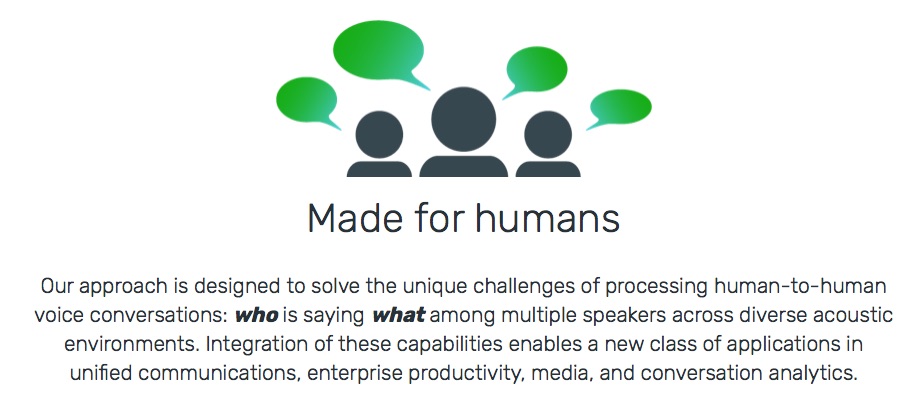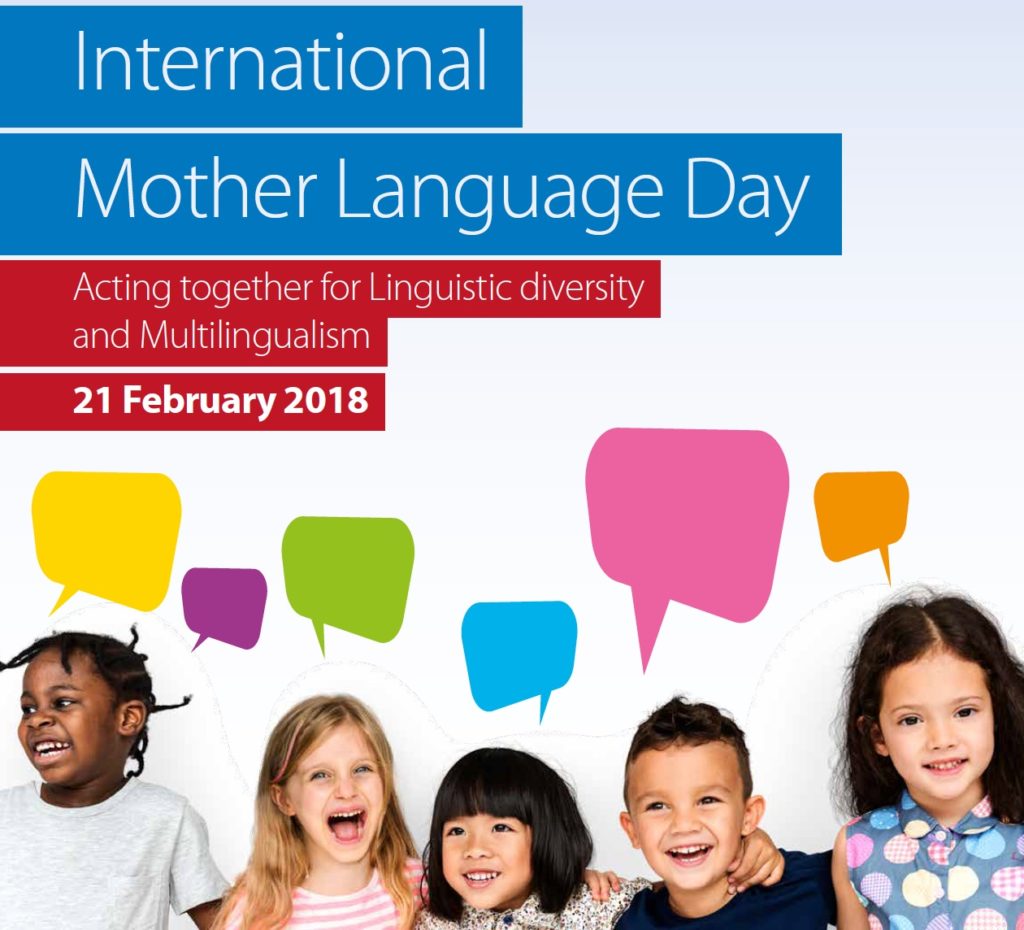See and download particular months from the Sketch Engine calendar 2018. These are useful CQL examples representing a wide range of tasks.
Author: perezparedes
La mera expresión de la opinión es un acto casi revolucionario
Pensiones insuficientes, corrupción política, demagogia, utilización partidista de problemas que afectan a grandes sectores de nuestra sociedad, micro indignaciones diarias, ….Francamente, la realidad mediática es deprimente. La polarización existente en el discurso de los políticos, que no discurso político, hace que el ambiente en el que se desarrolla nuestro día a día sea irrespirable. Opinar se torna un ejercicio de agresión constante e involuntaria. La mera expresión de la opinión es un acto casi revolucionario, suicida quizá. No estar alineado con tal o cual sector te condena al fuego cruzado; opinar en libertad, te asegura el ostracismo, tanto en Atenas como en Esparta.
La polarización hace que el acto reflexivo (¿?) sea más fácil, que el tuit no tenga que escribirse sino simplemente re-tuitearse, en definitiva, la polarización nos exime de la responsabilidad de valorar la coherencia argumentativa y la bondad factual de aquello que se nos presenta a nuestro juicio. A base de tanto delegar, olvidamos nuestra responsabilidad con nosotros mismos.
Ya en 1992, mi muy admirado Fernando Savater escribía lo siguiente en Política para Amador:
Quiero serte franco: vivir en una sociedad libre y democrática es algo muy, pero muy complicado. En el fondo, los grandes totalitarismos de nuestro siglo (comunismo, fascismo, nazismo y los demás que vengan, si es que aún falta alguno) son intentos de simplificar por la fuerza la complejidad de las sociedades modernas: son enormes simplezas, simplezas criminales que intentan volver a algún beatífico orden jerárquico primigenio en el que cada cual estaba en su sitio y todos pertenecían a la Tierra Madre y al Gran Todo Común.
Quizá la polarización no sea otra cosa que una simpleza tamizada por el signo de los tiempos: la demagogia absoluta.
Pascual Pérez-Paredes
Currently, number 1 on my wish (dream) list: free app turns conversations into searchable text
Source Mashable UK: https://mashable.com/2018/03/01/otter-transcription-app/?utm_cid=mash-com-Tw-main-link#NnOvPeD5bSqB
From Mashable:
Anyone who’s ever transcribed an audio interview into text knows what a painfully slow process that is. But with the new Otter app, created by a company called AI Sense, this could become a thing of the past, even when transcribing a complex conversation with several people speaking.
Día mundial de la lengua madre: un par de recursos de interés
Naciones Unidas celebra hoy, 21 de febrero, el día mundial de la lengua madre (o las lenguas madres, habría que matizar). Naciones Unidas ha elegido este año 2018 el tema “Linguistic diversity and multilingualism: keystones of sustainability and peace”.
Durante 20 años, esta organización viene celebrando el papel central que nuestra lengua madre, la lengua o las lenguas madre en la aprendimos a comunicarnos con nuestros padres y con la(s) que empezamos a socializar,juega en la configuración de nuestra personalidad, de nuestro yo. Nuestra lengua madre (nuestra L1) nos da las herramientas necesarias para entender quiénes somos y encontrar sentido al mundo que nos rodea.
En un mundo cada más interconectado, nuestra L1 interacciona con otras lenguas que hemos adquirido o aprendido a lo largo de nuestra vida, bien en la escuela, bien en nuestro desempeño profesional, facilitando, en general, el aprendizaje de nuevas lenguas. Queda como cosa del pasado la visión negativa de la interferencia de la L1 en el aprendizaje de la(s) L2 tan en boga en los años 60 del siglo pasado.
Comparto aqui un par de recursos estupendos en este día.
El primero de ellos es un podcast elaborado en el marco del proyecto Multilingualism: Empowering Individuals, Transforming Societies (MEITS), liderado por la Universidad de Cambridge. En este podcast, 6 estudiantes de 15 años en Parkside Community College, Cambridge, comparten sus ideas y opiniones sobre el uso que hacen de las diversas lenguas que hablan y cómo contribuyen al desarrollo de sus identidades individuales.
El segundo recurso es un kit para el fomento del multilingüismo creado por la UNESCO en 2016:
http://unesdoc.unesco.org/images/0024/002462/246278e.pdf
Lady of Shalott – Anna-Marie Ferguson
Co-authorship and productivity: insights from Parish et al. (2018)
The following is a selection of quotes from the following paper:
Parish AJ, Boyack KW, Ioannidis JPA (2018) Dynamics of co-authorship and productivity across different fields of scientific research. PLoS ONE 13(1): e0189742. https://doi.org/10.1371/journal.pone.0189742
You can find here something I wrote co-authorship in the area of applied linguistics where I call for a re-evaluation of collaboration in this area.
Collaboration is now seen as essential to progress in scientific research, and over the past several decades large-scale collaborative projects have become increasingly frequent in fields as diverse as medicine, genetics, and high-energy physics. Although these large collaborations have received more media attention, collaboration on a smaller scale is also important for scientific productivity.
The average number of co-authors per paper published by individual scientists has steadily increased in all fields over the past century. The possible effect of collaboration on improving scientific efficiency and productivity is particularly appealing.
Increased collaboration has long been found to be associated with increased scientific productivity using individual researchers as the unit of study. Collaboration is also frequently mentioned as an important factor in scientists’ own reflections on their success.
A researcher’s productivity may also shape their future role in networks of co-authors, with greater scientific success and exposure allowing the researcher more opportunities to collaborate.
Highly collaborative authors also seem to cite more recently published articles and to re-cite (citing the same references in multiple papers) less frequently, and thus may dwell closer to and push the frontiers of research. International collaboration in particular seems to be strongly related to productivity, as measured by total publications.
Different scientific fields to possess distinguishing network characteristics, including average number of collaborators per author.
In one study of 36,211 Italian scientists, Abramo et al found that across scientific fields women have a slightly higher tendency to engage in collaboration, as measured by the fraction of publications resulting from collaboration.
Within biology, earth sciences, and social sciences, there is not a significant relationship between R and h-index in 2015. Additionally, the association is strongest for physicists. This particularly strong association makes sense given the growing number of large, high impact, intensely collaborative projects in experimental physics.




